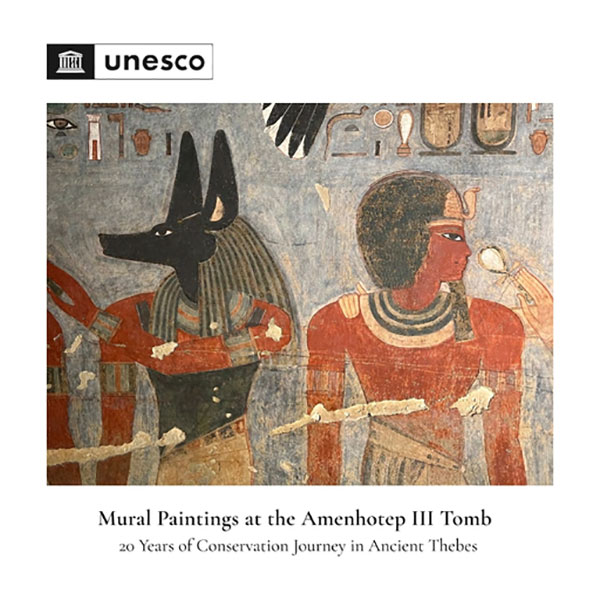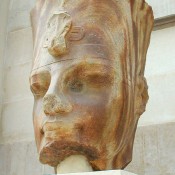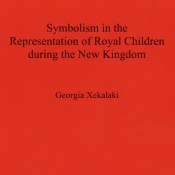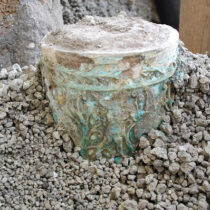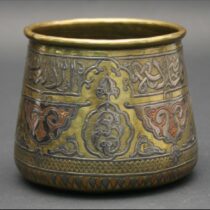UNESCO, Mural paintings at the Amenhotep III Tomb: 20 years of conservation journey in Ancient Thebes, 2025. Corporate author: UNESCO Office in Cairo [162]. 239 pages, illustrations. Language: English. DOI: https://doi.org/10.58337/MKKX2873, ISBN: 978-92-3-100807-8. Licence type: CC BY-SA 3.0 IGO [15142]
King Amenhotep III, one of the most prominent pharaohs of Egypt’s 18th Dynasty, is honored with one of the most distinguished royal tombs in the Western Valley of the Valley of the Kings—KV 22. This tomb stands as a remarkable testament to the grandeur and sophistication of ancient Egyptian royal burials. Its reopening to the public marks a significant cultural and archaeological milestone, made possible through the collaborative efforts of the Ministry of Tourism and Antiquities (MoTA), represented by the Supreme Council of Antiquities (SCA), and Higashi Nippon International University, with support from UNESCO. This joint initiative is part of a broader mission to preserve Egypt’s invaluable heritage.KV 22 is renowned for its meticulous architectural layout, which showcases the artistic and decorative excellence of Amenhotep III’s era. The tomb bears a design similar to that of Thutmose IV (KV 43), beginning with an entrance that leads to an extended corridor and a series of chambers, culminating in a grand burial hall. The walls are richly adorned with vibrant scenes, sacred imagery, and inscriptions that include the names of royal family members linked to the king. The burial chamber, in particular, features funerary texts from the Book of Imy-Duat, reflecting the spiritual beliefs and afterlife rituals of the time.In line with the Supreme Council of Antiquities’ ongoing efforts to conserve Egypt’s ancient treasures, a comprehensive restoration project was launched to preserve the tomb’s artwork and prepare it for public access. This initiative, carried out in partnership with MoTA, UNESCO, and Higashi Nippon International University, included the restoration of wall scenes, enhancement of inscription colors, and conservation of intricately painted scenes. Interpretative panels were also installed to offer visitors deeper insight into the tomb’s historical and cultural significance.The reopening of KV 22 represents a major achievement in the field of Egyptology. It offers both scholars and the general public an extraordinary opportunity to engage with the artistic mastery and spiritual richness of Amenhotep III’s final resting place. Through this initiative, the Supreme Council of Antiquities reaffirms its dedication to preserving and celebrating Egypt’s rich historical legacy, making this extraordinary tomb once again accessible to the world.
